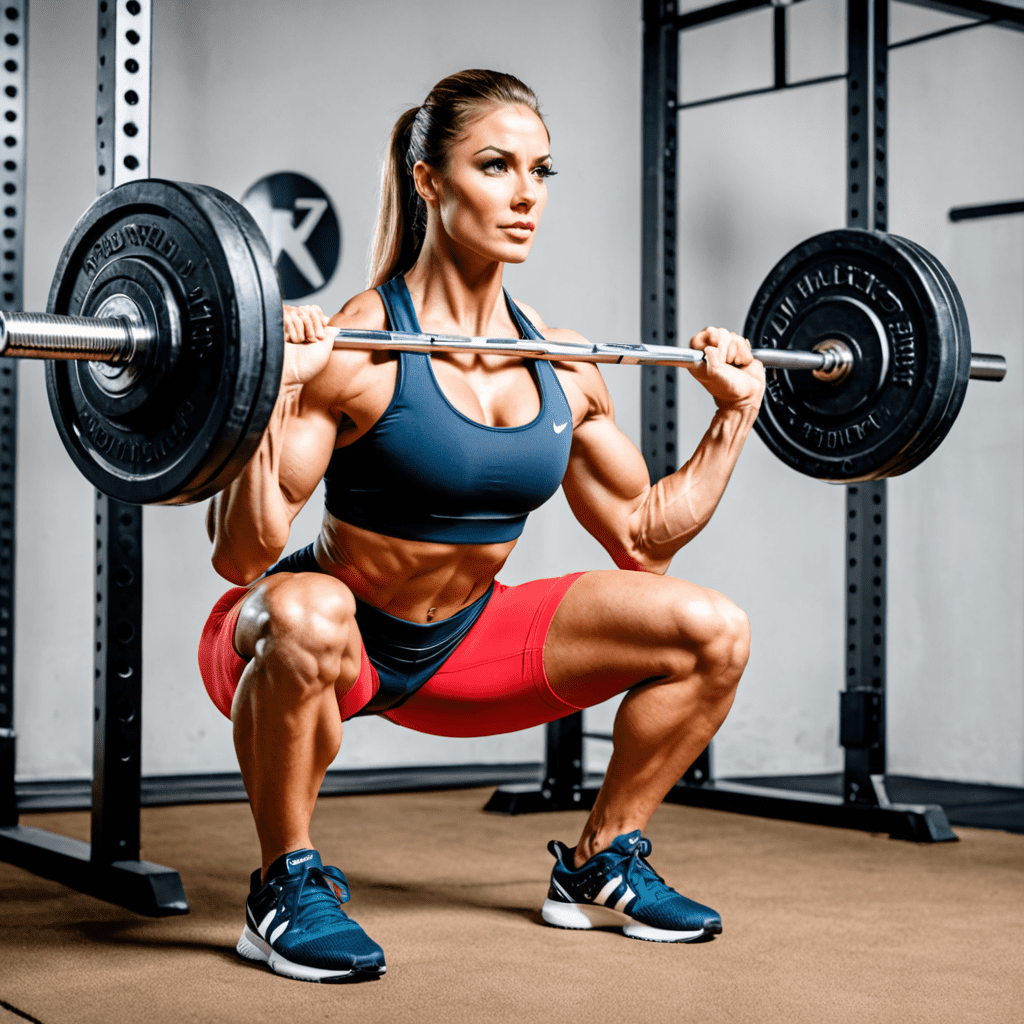
Unlock Your Strength Potential with These Squat-Boosting Tips
1. Proper Form is Key
Mastering the correct squat form is crucial for building strength. Ensure that your feet are shoulder-width apart and toes slightly angled outwards. Keep your chest up and core engaged throughout the movement. As you squat down, push your hips back and lower down as if sitting back onto a chair.
2. Gradually Increase Weight
Progressive overload is essential for getting stronger. Start with lighter weights and gradually increase the load as your strength improves. This gradual increase in weight challenges your muscles and promotes growth.
3. Incorporate Compound Exercises
Compound exercises, such as the deadlift and the leg press, can help improve your squat strength. These exercises work multiple muscle groups simultaneously, enhancing overall strength and stability.
4. Don’t Forget About Mobility and Flexibility
Adequate mobility and flexibility are key for a strong squat. Incorporate exercises that focus on improving hip, ankle, and thoracic mobility, such as deep squats, hip flexor stretches, and foam rolling.
5. Prioritize Recovery and Rest
Allowing your body sufficient time to recover is crucial for muscle growth and strength. Adequate rest days and proper sleep can improve your squat performance and prevent overtraining injuries.
FAQ: Frequently Asked Questions
Q: How long does it take to see improvements in squat strength?
A: The rate of improvement varies depending on several factors, including individual fitness levels and training consistency. With regular practice and a well-structured training program, significant improvements can be seen within a few weeks to a couple of months.
Q: Are squats only beneficial for lower body strength?
A: Squats primarily target the lower body muscles, such as the quadriceps, hamstrings, and glutes. However, they also engage the core and contribute to overall body strength and stability.
Q: Can I squat with a pre-existing knee or back injury?
A: It is advisable to consult with a medical professional or a qualified trainer before squatting with a pre-existing injury. They can provide tailored advice and modifications to ensure safe and effective squatting.
